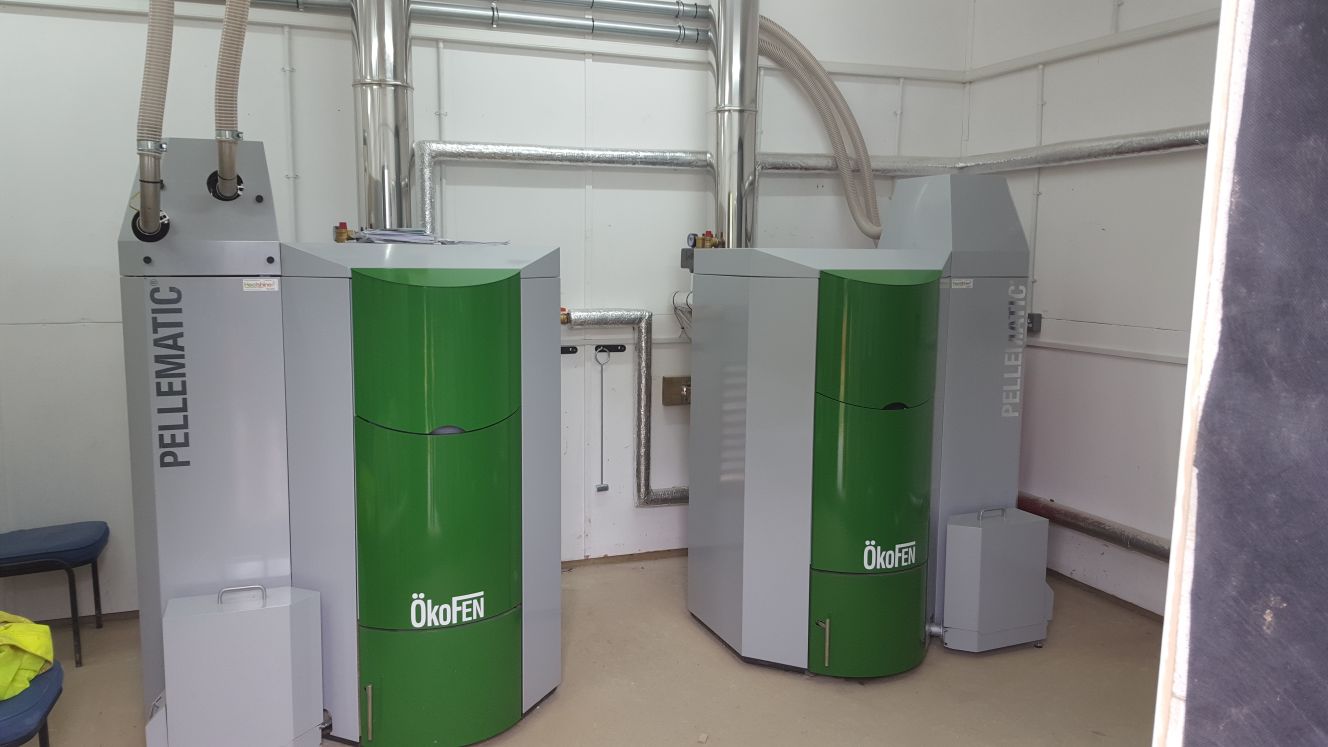Biomass Boilers burn biological material - generally wood - in the form of either logs, chipping or pellets, to create heat.
Wood burns most efficiently at high temperatures, and to capture all that energy, most biomass boilers use a large water store to collect the heat for use throughout the day. This means that, even in cold weather, one single 'burn' a day is necessary.
Biomass boilers come in a range of sizes and are capable of heating a small home or a large industrial building.

Mr B John

Sustainable and environmentally friendly
When correctly managed, wood is a plentiful, sustainable resource that can deliver a reduction in net carbon emissions compared to other fossil fuels.
As trees grow, they absorb carbon dioxide from the air which is released again after they are felled. The gases released are exactly the same quantity whether the timber is burnt or decomposes naturally - so this technology contributes to a more balanced environment.
Woodchip, Pellet or Logs?
There are three main option for biomass fuel:
- Logs provide flexibility allowing homeowners to buy a supply, or chop their own wood. However they must be loaded into the boiler manually making your heating labour intensive.
- Pellets are made of sawdust, ground wood chips, bark and other byproducts from wood processing. They're compressed to form regular-sized pellets that allow for easy automated loading of biomass boilers and burn extremely efficiently
- Woodchips are timber that's been shredded in a chipper and dried to allow efficient burning. These are generally cheaper than pellets but don't produce as much energy per tonne.

Speak to our experts about what kind of biomass boiler might be right for you. Call 01239 613 423 and talk to one of the team








